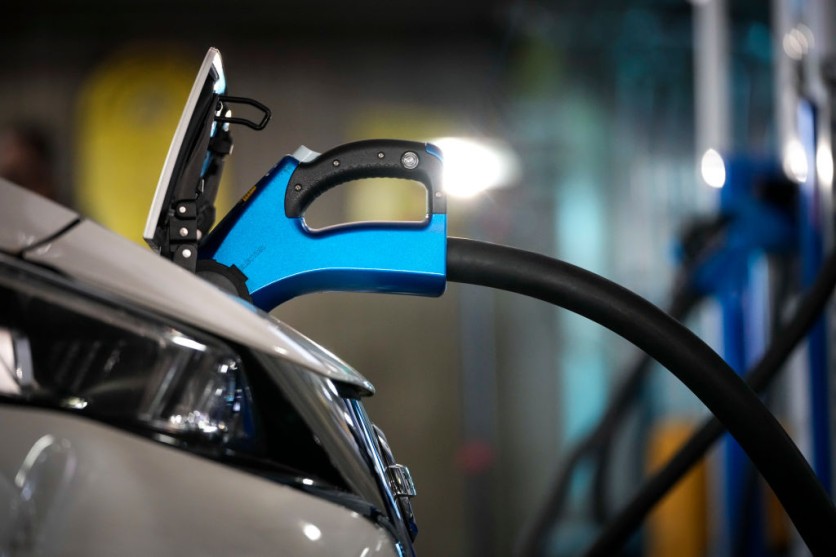The US government has set its sights on acquiring nearly 9,500 electric vehicles (EVs) this year. However, the government is currently grappling with supply issues and increased costs in pursuit of this target.

Acquiring EVs for Government Use
According to the latest US Government Accountability Office (GAO) report, 26 government agencies are aiming to buy 9,500 EVs this fiscal year and deploy an additional 8,500 charging ports.
Electrek reported that this ambitious target represents an almost threefold increase compared to the number of EVs purchased in the previous budget year.
According to GAO, the 26 agencies that have greenlit EV procurement plans projected that acquiring the vehicles would require over $470 million. Additionally, nearly $300 million would be needed to design and install the essential infrastructure and cover various associated costs.
Procuring these vehicles would amount to nearly $200 million higher than the cost of purchasing the most affordable gasoline-powered vehicles with comparable features.
The agencies involved in this initiative constitute over 99% of the federal vehicle fleet, excluding the U.S. Postal Service (USPS), which operates as an independent federal entity.
According to Customs and Border Protection (CBP) officials, they do not believe electric vehicles will be able to support law enforcement equipment or enforcement missions in extreme environments, including those on the borders.
US Government's Commitment
In December 2021, President Joe Biden issued an executive order with a twofold directive for the government. First, to cease purchases of gasoline-powered vehicles by the year 2035. Second, to ensure that all federal acquisitions for light-duty vehicles consist of electric or plug-in hybrid vehicles (PHEVs) by 2027.
Reuters reported that the scope of Biden's order encompasses 380,000 federal vehicles, with these agencies collectively purchasing around 45,000 vehicles each year. As a significant outcome of this executive order, federal agencies experienced a surge in the procurement of EVs and PHEVs.
Among the agencies that have already announced purchase agreements is the US Forest Service, deploying Ford F-150 Lightning electric pickups to learn more about optimal fleet size and charging infrastructure.
Facing Problems in Purchasing EVs
Agencies are facing challenges in their adoption of electric vehicles, including the restricted availability of these vehicles. For instance, Gaming Deputy reported that the Department of Transportation intended to order 430 zero-emission vehicles (ZEVs) in 2022.
However, they had to scale back their order due to cancellations from manufacturers, leading to limited options for procurement. Aside from this is the limited variety of vehicle models to choose from. Many agencies require larger SUVs or pickup trucks to fulfill various tasks.
Currently, only the Ford F-150 Lightning SSV is an all-electric pickup with open availability. This limited selection restricts agencies' ability to find suitable electric vehicles for their specific operational needs.
Related Article : California Urges Biden Admin to Fast-track the Electrification of Vehicles by 2035

ⓒ 2025 TECHTIMES.com All rights reserved. Do not reproduce without permission.




